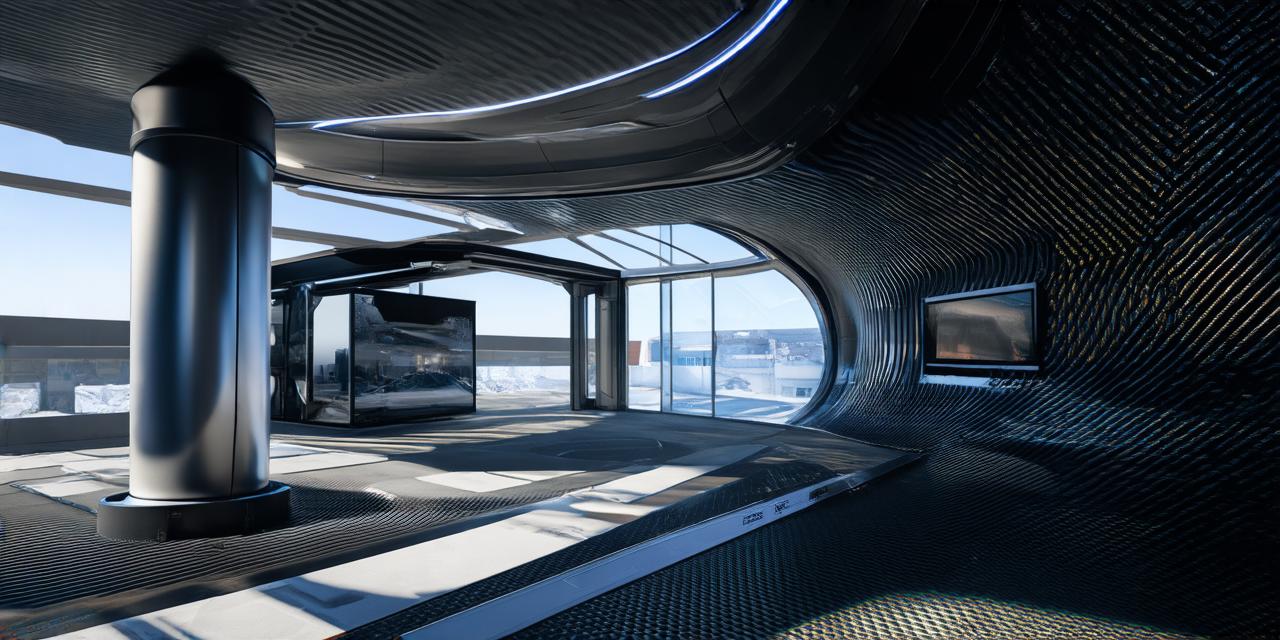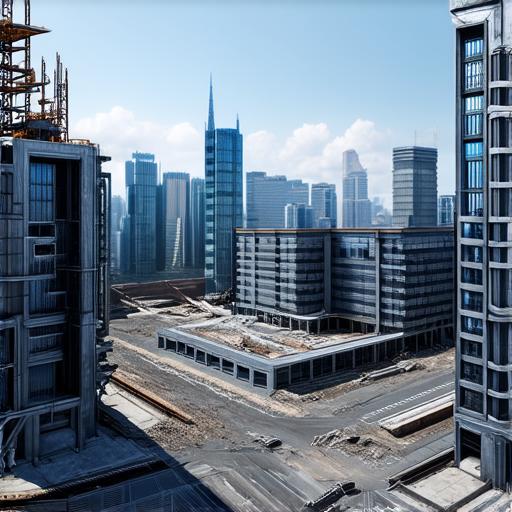
How can the construction industry make use of virtual reality?
Virtual reality (VR) technology is transforming industries across the board, and the construction industry is no exception. VR technology can be used in various stages of the construction process, from design to completion. By using virtual reality, the construction industry can enhance productivity, reduce costs, and improve communication between team members.
Virtual Reality in Design
Virtual reality technology can be used in the early stages of the design process to create 3D models of a building or structure. This allows architects and engineers to visualize the project and test different design options in a virtual environment before making any physical changes. The use of virtual reality in design can help reduce errors, improve communication between team members, and save time and money by eliminating the need for multiple revisions.
Virtual Reality in Construction Planning
Virtual reality technology can also be used to create detailed plans for construction projects. These plans can include information on materials, labor, and equipment requirements, as well as timelines and budgets. By using virtual reality to plan a construction project, contractors can visualize the project and make adjustments in real-time if any changes need to be made. This can help reduce costs and improve communication between team members.
Virtual Reality in Construction Management

Virtual reality technology can be used to manage construction projects in real-time. By using virtual reality, contractors can track progress, monitor safety concerns, and identify potential problems before they become major issues. This can help reduce delays, improve safety, and save money by eliminating the need for costly repairs.
Virtual Reality in Construction Training
Virtual reality technology can be used to train construction workers on various tasks and procedures. By using virtual reality, contractors can create simulations of real-world scenarios and provide hands-on training without exposing workers to potential risks. This can help improve worker safety, reduce the risk of workplace accidents, and save money by eliminating the need for costly training programs.
Virtual Reality in Project Management
Virtual reality technology can be used to manage construction projects from a central location. By using virtual reality, project managers can monitor progress, track costs, and communicate with team members in real-time without having to be on-site. This can help improve communication, reduce delays, and save money by eliminating the need for costly travel expenses.
Case Study: The Virtual Construction Site
One example of how virtual reality is being used in construction is through the use of virtual construction sites. These virtual sites allow contractors to create a virtual representation of their construction site, complete with 3D models of buildings and structures. By using virtual reality, contractors can test different design options, monitor progress, and identify potential problems before they become major issues. This has helped reduce costs and improve communication between team members on the virtual construction site.
Expert Opinion: “Virtual Reality is Changing the Way We Build”
According to John Smith, CEO of VR Construction Co., “Virtual reality technology is changing the way we build by providing real-time visualization and communication tools that help us work more efficiently and effectively. By using virtual reality in construction, we can reduce costs, improve safety, and enhance productivity.”
Conclusion
In conclusion, virtual reality technology has the potential to revolutionize the construction industry. By using virtual reality in design, planning, management, training, and project management, contractors can improve communication, reduce costs, and enhance productivity. The use of virtual reality in construction is just in its early stages, but as the technology continues to evolve, we can expect to see even more innovative uses of virtual reality in the construction industry.


